In connection with the spread of the new coronavirus (COVID-19) and in the light of the current situation and information, the Proton Therapy Center has adopted several measures and recommendations in order to protect the safety of our patients and staff.
Thanks to these measures we have promptly introduced, we have been able to continue to operate ensuring optimal continuum of cancer care to adult and paediatric patients worldwide during the COVID-19 pandemic.
🤝 It is prohibited to shake hands due to the risk of transmission of the virus.
🤭 Do not touch your face. Use the disinfectant to clean your hands.
🗣️ Cough or sneeze into your elbow, covering your mouth.
🥵 If you have a fever, call us and let us know before coming to the clinic.
😷 Everyone entering the building is required to wear a mask.
🌡️ Upon arrival to the clinic, patients’ temperature is taken.






Starting March 16, 2020, we have introduced a new system which allows employees to keep a safe distance from each other, a strict hygienic entry regime, and higher level of disinfection of the premises. As an extra precaution, doctors work on rotation in two separate shifts minimising the risk to both medical staff and our patients.
Patients need to follow their appointments schedule strictly, so that the centre is never crowded.
Additionally, in order to meet our commitment and at the same time protect everyone at the Proton Therapy Center (patients and staff), it is necessary that all patients coming from abroad undergo COVID-19 testing. Our treatment coordinators will be happy to help you find the closest clinic to your home.
Patients Coming From Abroad
The first step is to assess suitability for proton irradiation, which you can do remotely from the comfort of your home. This assessment is free and it only takes a few business days.
Should you be suitable for treatment at our facility, we can offer you a remote consultation with one of our oncologists to discuss treatment in greater detail.
Should you decide to go ahead with treatment at our facility, we will provide you with an official document which will allow you to travel.
Although airway transportation is limited, there are some flights coming to Prague. Alternatively, it is possible to reach us by car.
Should none of the options above be suitable for you, we cooperate with Meditrans ambulance service which can transport patients to Prague from anywhere in Europe and UK. Should this be your preferred option, our treatment coordinators will be happy to arrange it for you.
We hope you will appreciate and support our efforts. Only with mutual cooperation the therapy will be safe for you, other patients, and the Proton Therapy Center employees.
We are delighted to say, thanks to the favourable epidemiological conditions in the Czech Republic, the situation will soon return to normal.
We will be happy to provide you with more detailed information. Please do not hesitate to contact us.

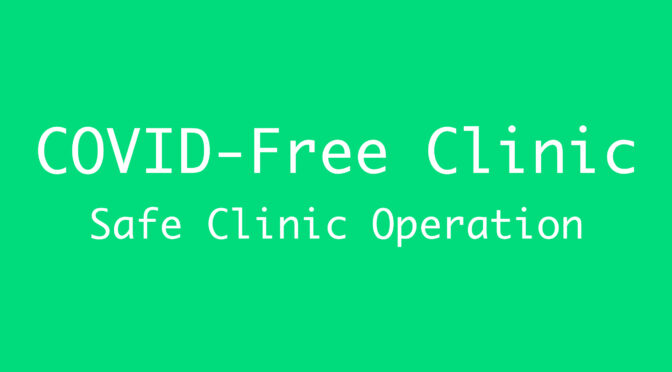








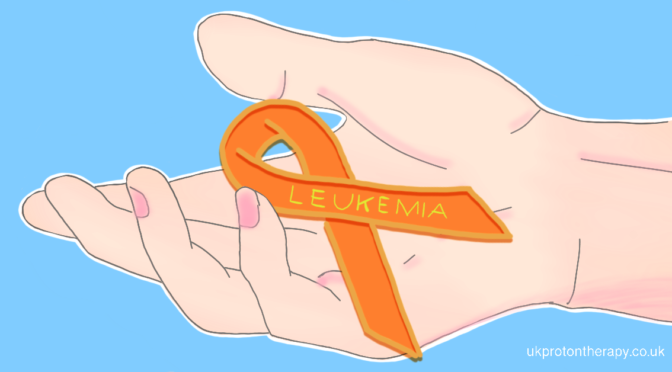
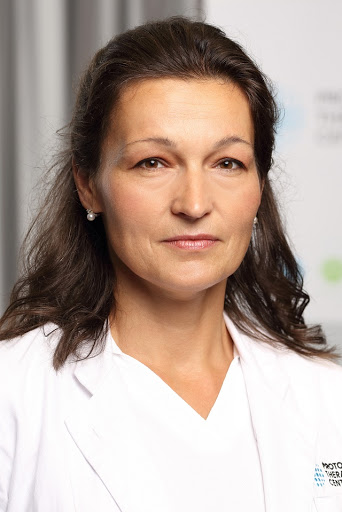 Dr Kateřina Dědečková
Dr Kateřina Dědečková
 It all started in the spring of 2017. A small swell appeared in my right temple. I thought it was a consequence of being hit. I had no complaints, but decided to consult it with a doctor anyway. And so my “adventure” began.
It all started in the spring of 2017. A small swell appeared in my right temple. I thought it was a consequence of being hit. I had no complaints, but decided to consult it with a doctor anyway. And so my “adventure” began. But fate, or Providence, had prepared for me a nightmarish sequel.
But fate, or Providence, had prepared for me a nightmarish sequel.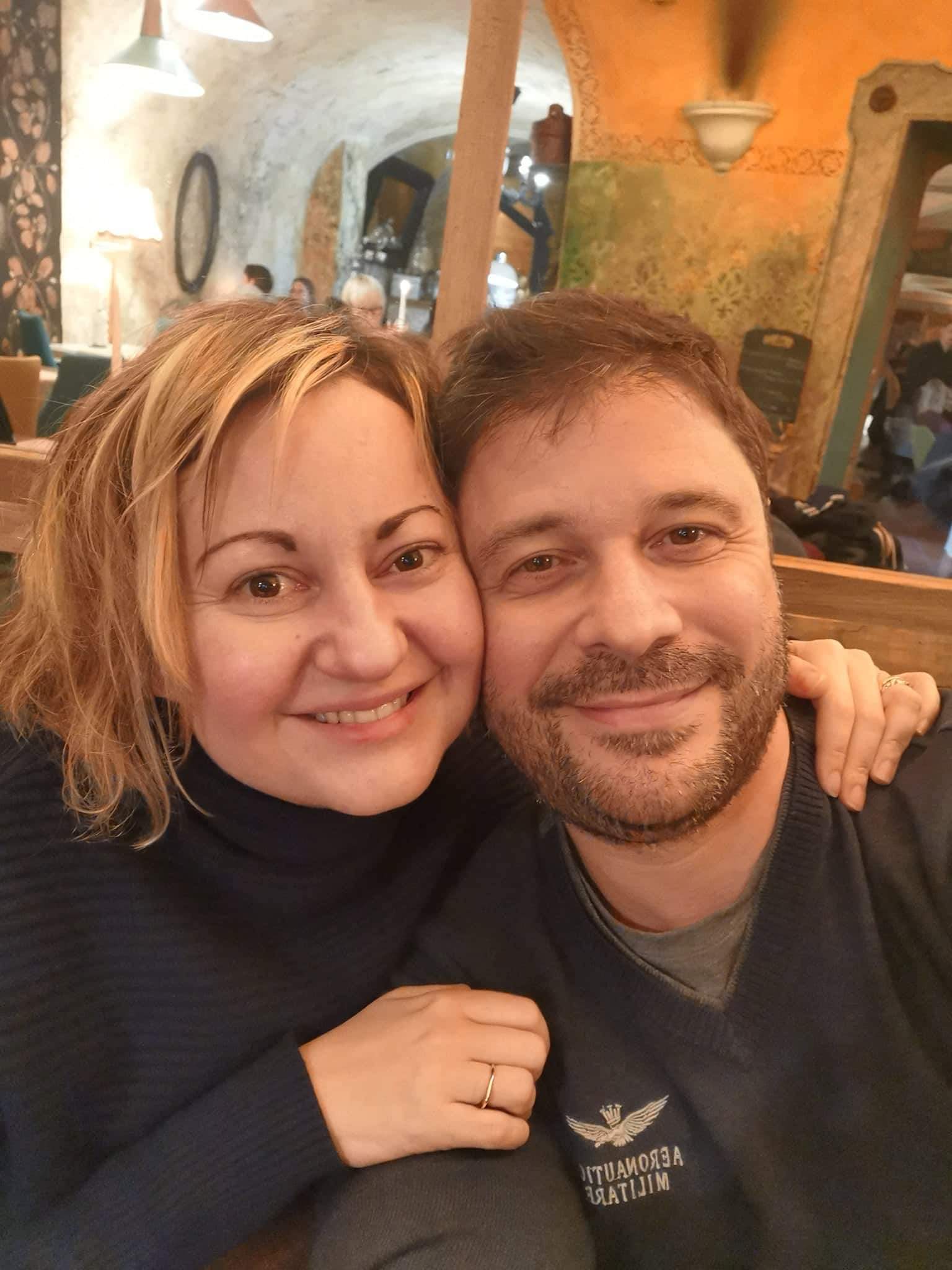 My friend Vlado (Vladimir) was at the hospital with me all the time. His support has been fundamental and helped me maintain my composure and continue to follow my path optimistically.
My friend Vlado (Vladimir) was at the hospital with me all the time. His support has been fundamental and helped me maintain my composure and continue to follow my path optimistically.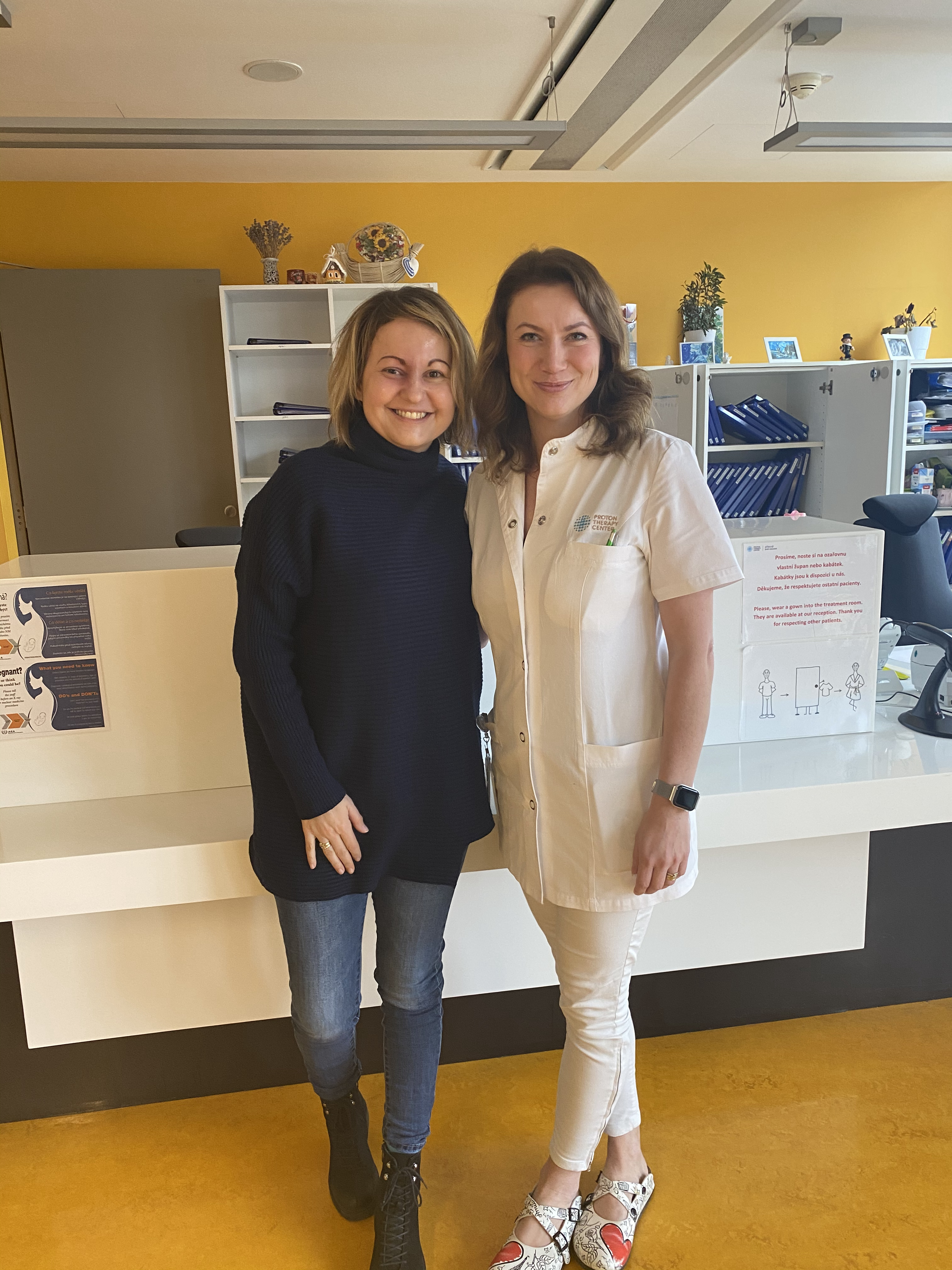 In early December, I visited the Proton Therapy Center for my initial consultation. From the meeting I had there with Dr. Haas, I realized that there was an opportunity to start proton therapy very quickly. However, I first had to obtain the
In early December, I visited the Proton Therapy Center for my initial consultation. From the meeting I had there with Dr. Haas, I realized that there was an opportunity to start proton therapy very quickly. However, I first had to obtain the  Vlado and I arrived to Prague just before New Year’s. We were met at the airport by a car sent from the Proton Therapy Center. Prior to beginning treatment, it was necessary to prepare the radiotherapy plan, fixation mask, etc. This happened on 12/30/2019.
Vlado and I arrived to Prague just before New Year’s. We were met at the airport by a car sent from the Proton Therapy Center. Prior to beginning treatment, it was necessary to prepare the radiotherapy plan, fixation mask, etc. This happened on 12/30/2019.